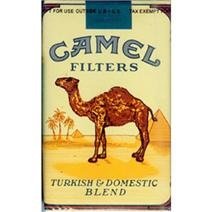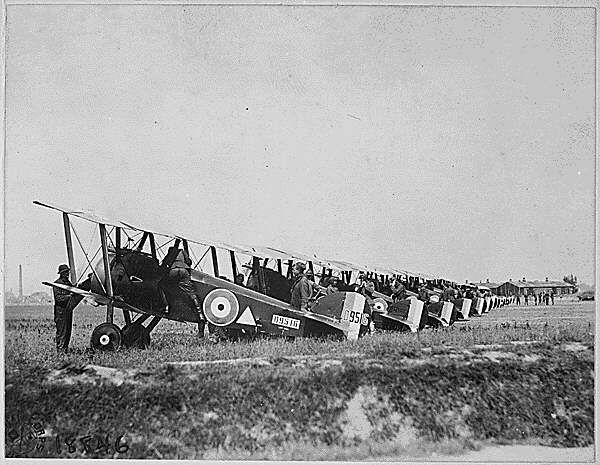Warrigal
SF VIP
- Location
- Sydney, Australia
No, they are not native to this continent but they were imported from Afghanistan, along with Afghan cameleers, to open up the desert regions of central Australia. Once the roads and railways were developed they were no longer needed they were turned loose and ever since they have thrived and multiplied.
Report released as feral camel cull ends
Audio: A look back at four-years of feral camel culling (ABC Rural)
Related Story: Questions over feral camel mismanagement raised in senate estimates
Related Story: Feral camel cull reaches 160,000
Related Story: Camel numbers rising 10pc a year
Related Story: Fears camels could die as waterholes dry up
Related Story: Senator goes feral over Federal Government camel control
Map: Alice Springs 0870

Photo: Camels stampede across a sand dune (Robert Sleep)
The final report into the Federal Government's $19 million Australian Feral Camel Management Project has been released, suggesting a relatively small investment could keep the pest problem down. Co-ordinated by Government contractor Ninti One, the program culled about 160,000 camels from Central Australia since it began in 2009, using ground-based and aerial culling techniques.
Its main aim was to reduce camel densities to about one camel per 10 square kilometres across 18 key biodiversity sites.
The report reveals the project came in $4 million under budget. The money will be returned to the Federal Government.
The project's partners, which include pastoralists, representatives from the Central Land Council, and Aboriginal land holders have gathered in Canberra to see the report presented to the Federal Government.
Managing director Jan Ferguson says this collaboration with land holders underpins the project's success.
"These were the people who raised what a significant problem these animals were," she said. "People came to this project without a view of self interest. They worked together to get numbers down so that their land is more productive or they're not dealing with biodiversity loss."
The report has identified a need for ongoing feral camel management, at an estimated cost of $4 million per year, but specifies that governments and land managers must continue to work together across state borders.
Jan Ferguson says without ongoing management the population will rebound.
"If we don't stay on the case of these animals, we will get congregations of the like that we saw at Docker River [in 2009]."
Full article here:
http://www.abc.net.au/news/2013-11-21/feral-camel-culling-report/5105884








